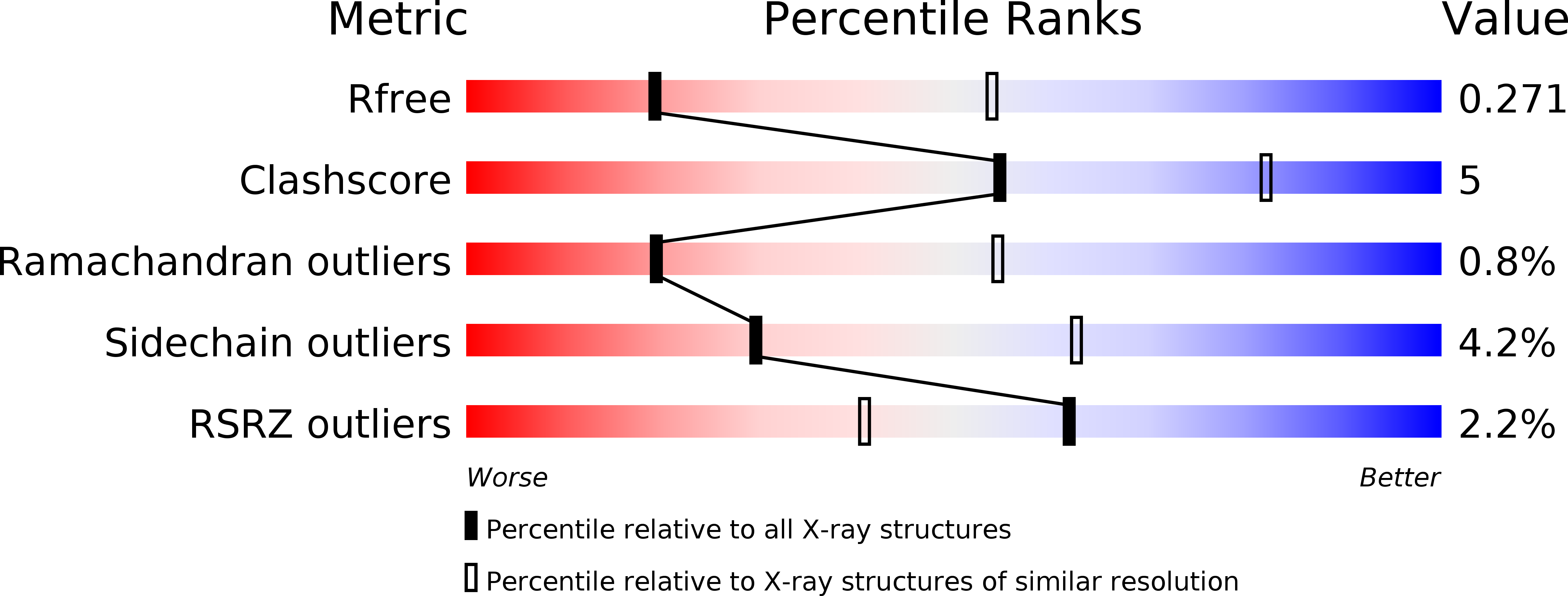
Deposition Date
2014-11-13
Release Date
2015-04-22
Last Version Date
2024-11-06
Entry Detail
PDB ID:
4RT7
Keywords:
Title:
Crystal Structure of FLT3 with a small molecule inhibitor
Biological Source:
Source Organism:
Homo sapiens (Taxon ID: 9606)
Host Organism:
Method Details:
Experimental Method:
Resolution:
3.10 Å
R-Value Free:
0.26
R-Value Work:
0.21
R-Value Observed:
0.22
Space Group:
P 32 2 1


